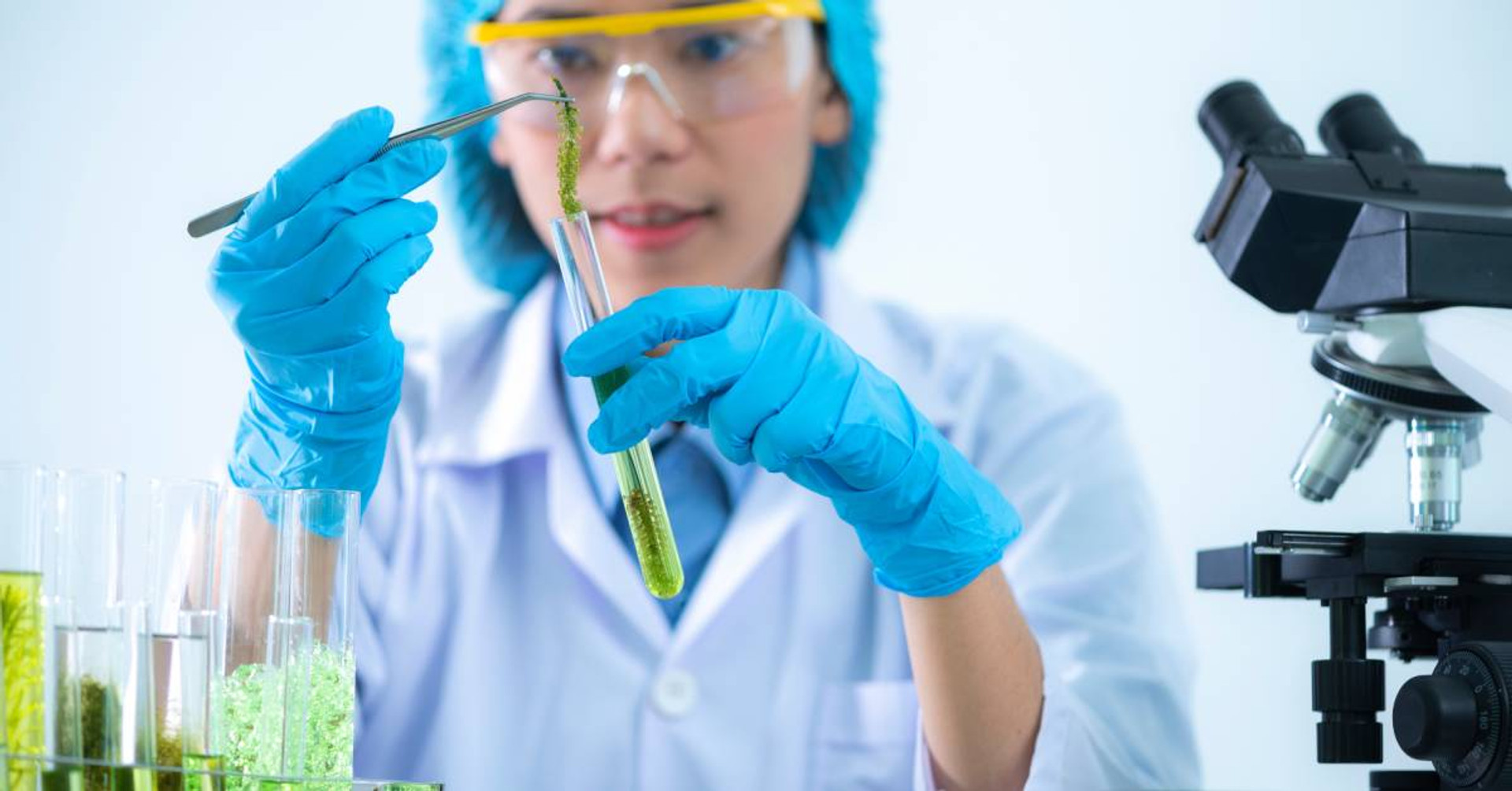How Calibration Gas Is Used in Marine Biology
Precision is paramount when it comes to marine biology. From monitoring oceanic health to studying marine ecosystems, you’ll want to take every step to ensure your results are accurate. For certain processes, calibration gases play an essential role in ensuring that measurements of various gases are reliable and precise. That’s why we’re here today—to go over how calibration gas is used in marine biology. Follow our guide to ensure your results are as precise as possible.
Importance of Accurate Gas Measurements in Marine Environments
Marine environments are complex ecosystems where even the slightest change in gas concentrations can have significant effects. Marine biologists rely on accurate gas measurements to study the interactions between different organisms and their habitats. Calibration gases ensure that the instruments used for measuring gas concentrations, such as CO2 or oxygen, are correctly calibrated, which is crucial for obtaining valid results. This accuracy helps in understanding phenomena such as ocean acidification, nutrient cycles, and the respiration rates of marine organisms.
Types of Calibration Gases Used in Marine Biology
The selection of calibration gases is critical to ensure that measurements are accurate and reliable. Commonly used calibration gases in marine biology include carbon dioxide (CO2), oxygen (O2), and nitrogen (N2). Using calibration gas regulators, these gases get mixed in precise proportions that mimic the concentrations found in marine environments. The choice of gas depends on the specific parameters being measured and the instrumentation used. Each calibration gas must meet stringent purity standards to ensure the integrity of the data collected during marine studies.
How Calibration Gases Are Applied in Research and Field Studies
Calibration gases are used both in laboratory settings and in the field to ensure the accuracy of gas analyzers and sensors. In the lab, marine biologists use these gases with the help of calibration gas regulators to calibrate equipment before conducting experiments. The use of calibration gas regulators involves exposing the sensors to known concentrations of gases to adjust and verify their accuracy. In field studies, portable calibration kits allow researchers to calibrate instruments on-site, ensuring that they maintain precision despite varying environmental conditions. This capability is vital for long-term studies, where consistent data collection over time is necessary to monitor changes in marine ecosystems.

